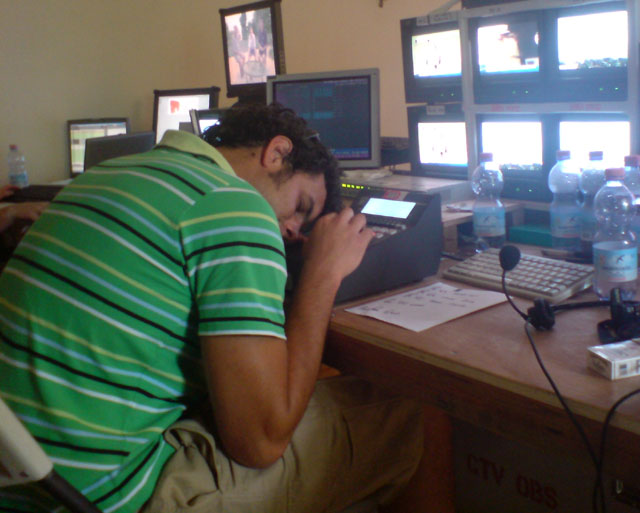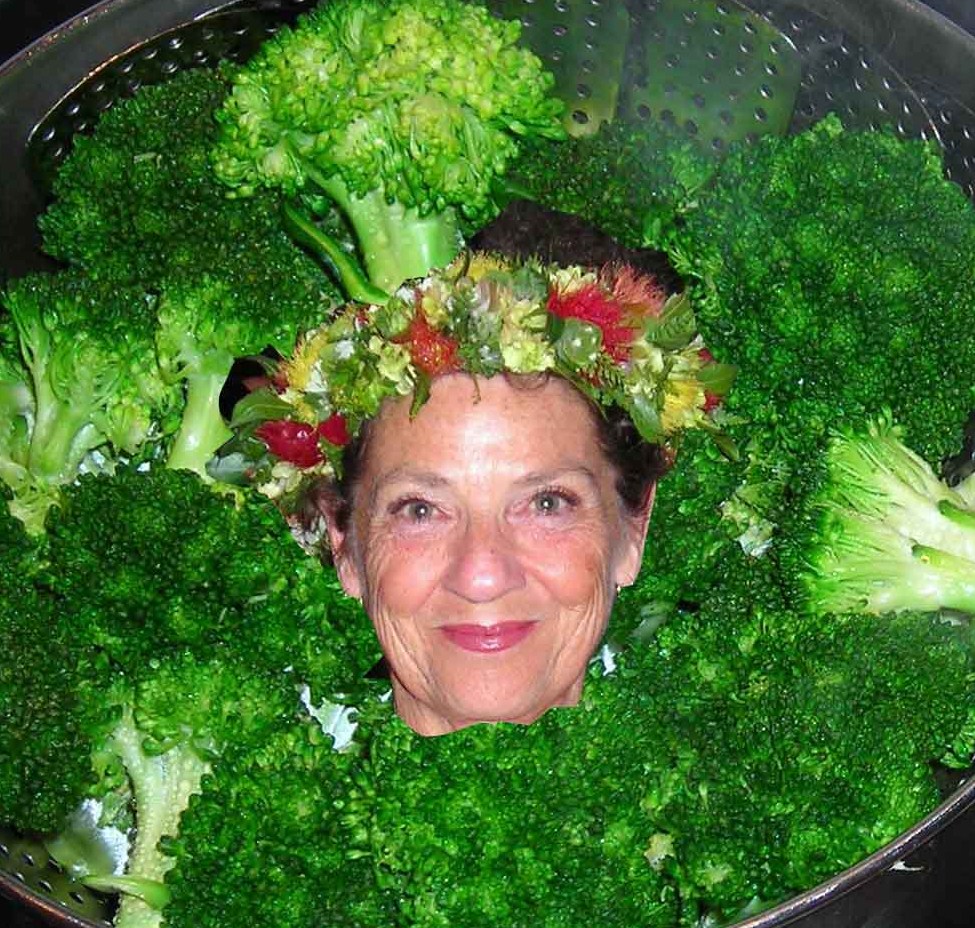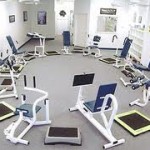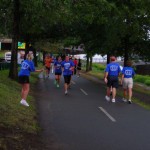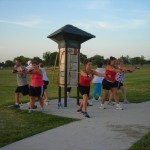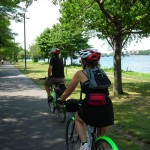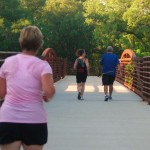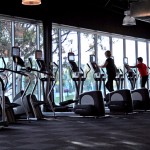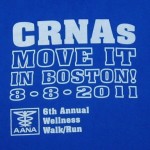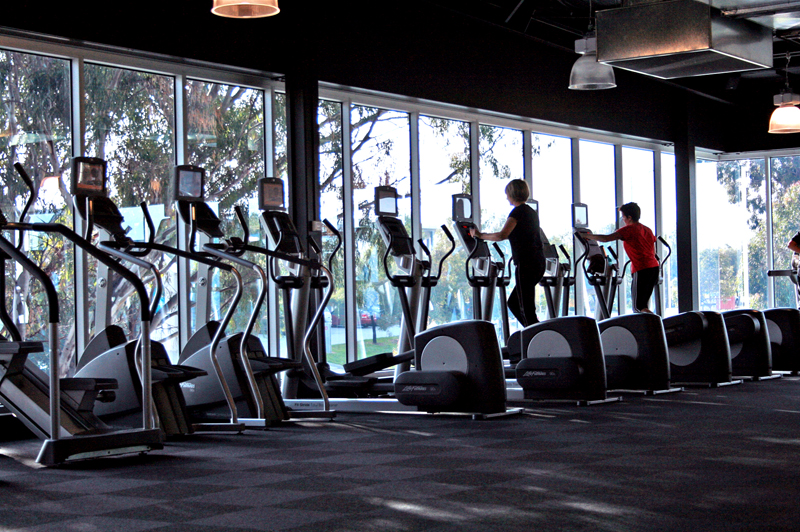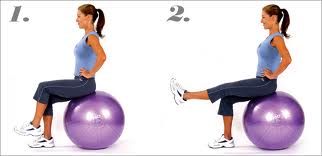Get Fit for Duty
By Thomas Davis, CRNA, MAE, Lt. Col (ret)
Follow @procrnatom on Twitter
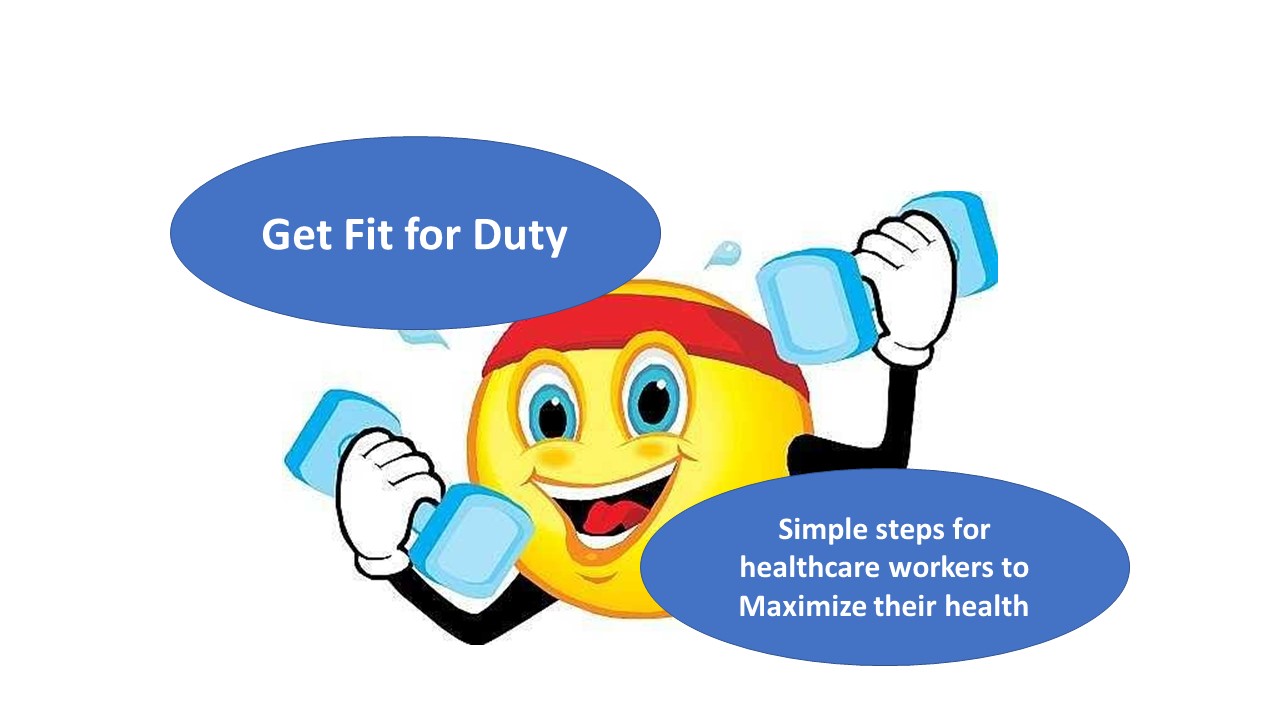 Obesity is today’s smoking. In an article published in USAToday, authors O’Donnell, Barry and Covington make the case that obesity and inactivity could outpace smoking as a cause of cancer in the upcoming decades. Further, a video accompanying the article presents evidence that childhood obesity greatly increases the probability of depression as an adult. Connecting the dots, if you are inactive and obese with an elevated risk of cancer, and if your children are also obese, their risk for adult depression greatly increases as well as their risk for cancer. Nobody would consciously wish cancer or depression upon themselves or their families and yet the bad news is that obesity with its co-morbidity is rampant in our profession and our society. The good news is that you are the one who can change the course of your personal history with three simple steps; get motivated, change your behaviors and use technology to stay on track.
Obesity is today’s smoking. In an article published in USAToday, authors O’Donnell, Barry and Covington make the case that obesity and inactivity could outpace smoking as a cause of cancer in the upcoming decades. Further, a video accompanying the article presents evidence that childhood obesity greatly increases the probability of depression as an adult. Connecting the dots, if you are inactive and obese with an elevated risk of cancer, and if your children are also obese, their risk for adult depression greatly increases as well as their risk for cancer. Nobody would consciously wish cancer or depression upon themselves or their families and yet the bad news is that obesity with its co-morbidity is rampant in our profession and our society. The good news is that you are the one who can change the course of your personal history with three simple steps; get motivated, change your behaviors and use technology to stay on track.
Get motivated
If you’re obese, you have more than a few extra pounds to lose, a task which you may view as a daunting. Make it manageable by tuning into your thoughts becoming aware of your inner dialogue. Are you thinking I Can or I Can’t? I Hate exercise or I Can Learn Some Exercises I like? Thinking I should is not a call to action; however, thinking I will sets you up for success. Here are some tips for motivating yourself to re-claim a healthy body,
- Have a reason Write down a purpose for changing your lifestyle and read it every morning and evening. Use affirming words like can and will and focus on what you know you get out of it, not what feel you’re giving up. Make it your goal to gain health and avoid focusing your attention on losing weight.
- Get a buddy. Share the accountability with a friend who has a similar desire to improve his/her health. Team up, check in frequently and support one another.
- Keep a Journal. Writing a daily entry in a journal helps you track your success while providing a frequent reminder of your goal and the many reasons it’s important to you.
Change your behavior
Behavior that is repeated becomes a habit. Here are some behavior changes that you can make today and when repeated daily for 8 weeks will become healthy habits.
- Morning workout/stretch. Wake up your body by getting in motion in the morning. An early morning gym workout is optimal however many people don’t have the time or resources to make it happen. That’s OK but it’s not an excuse for inactivity. Develop a plan to do a short home workout, stretch and crunch every day before you start your morning routine. Check out the 7-Minute Workout..
- Park at far end of lot. Every step you take counts so park where you can take the most steps. While walking in from the lot, think about why you’re doing is and what other things you can do that day to support your goal.
- Take stairs. Take the stairs whenever possible. Only take the elevator if the distance is more than your legs will tolerate, in which case, take one set of stairs and then the elevator.
- Drink water. Your body needs water to function properly. In addition, when you are well hydrated salt is cleared from your system which reduces water retention. Your digestion and metabolism both improve when you are well hydrated.
- Eliminate sugary drinks. Sugary drinks will sabotage your wellness efforts. It only takes a few high-sugar drinks to double your calorie intake for the day and consuming them diverts you from what your body really need – water.
- Bring your lunch. Control the number and quality of calories that you eat by bringing your own food. Pack a high-nutrient low-fat low-sugar lunch and do not eat anything that you do not bring with you. Avoid the temptation of making your lunch an appetizer before eating lounge food.
- Ban lounge junk food. It’s not always possible to control the behavior of others however banning junk food from the lounge raises the level of awareness of your colleagues and may motivate some of them to join the new healthier you. At the very least, don’t be the one bringing the junk.
Use technology
Harness and use to digital technology to your advantage when developing a healthy lifestyle. Texting and social media connect you with friends who can offer support as you share your progress. As well, there are countless apps you can use to develop your exercise and nutrition program and track your progress. Following are ten apps as described by their advertisements.
Keas Keas is a web-based, holistic wellness program, focusing on health goals and activities. Just imagine a site where you combine social media, fun interactive games, informative quizzes, and a little bit of healthy competition between you and your peers. You can choose to focus on whatever is important to you. https://itunes.apple.com/us/app/keas/id432425118?mt=8
Fitbit Live a healthier, more active life with Fitbit, the world’s leading app for tracking all-day activity, workouts, sleep and more…track basic activity and runs on your phone or connect with one of Fitbit’s many activity trackers to get a complete picture of your health—including steps, distance, calories burned, sleep, weight, and more. https://itunes.apple.com/us/app/fitbit/id462638897?mt=8
Endomondo track all your workouts using GPS, check your stats, and reach your fitness goals. https://itunes.apple.com/us/app/endomondo/id333210180?mt=8
My fitness pal MyFitnessPal makes it easier to log your food and activity. The more you log, the more you’ll learn about your habits and how to make healthier choices. And, best of all, logging gets easier the more you do it. https://itunes.apple.com/us/app/myfitnesspal/id341232718?mt=8
Daily burn A new workout streamed to your mobile device every day. https://www.amazon.com/DailyBurn-Daily-Burn-Streaming-Workouts/dp/B00HAPXDWK
7 minuteWorkout Become your own personal trainer to lose weight and get fit with fast, simple daily workouts. 12 high intensity bodyweight exercises. 30 seconds per exercise, 10 seconds rest between exercises. https://itunes.apple.com/us/app/7-minute-workout/id650762525?mt=8
Fooducate Fooducate is a diet coach for people who want lose weight and keep it off by eating healthy, real food. Track your food, activity, sleep, hunger, and mood. https://itunes.apple.com/us/app/fooducate-nutrition-tracker/id398436747?mt=8
Map my run Track and map every run with MapMyRun and get feedback and stats to improve your performance. Discover the best running routes, save and share your favorites, and get inspired to reach new running goals. https://itunes.apple.com/us/app/map-my-run-by-under-armour/id291890420?mt=8
Shop well ShopWell lets your food do the talking. The free SHOPWELL app tells you what’s in the food you’re buying at the grocery store and offers suggestions of new foods to try that fit with your lifestyle. https://itunes.apple.com/us/app/shopwell-healthy-diet-grocery-food-scanner/id393422300?mt=8
Meditation studio Meditation Studio is the award-winning, 5-star app with over 300 guided meditations from more than 30 leading experts. Whether you want to relieve stress, ease anxiety, improve sleep, ease confidence or simply feel a bit more calm and peaceful, this app is for you. https://itunes.apple.com/us/app/meditation-studio/id1066018502?mt=8
We are an obese society, rapidly expanding. A large number of us in healthcare need to be wide awake and ready to roll as early as 6:30 a.m. and obesity is not society’s best friend. Throw out the stress and the excuses and focus on improving your health. Do something every day to support that goal, get a buddy to have some fun and share the load; adopt new behaviors two at a time until good health is a habit. Be a healthcare role-model for the respect we have for society, for our careers, for ourselves and our children.
Special thanks to Liz Sanner Davis for editing and collaboration.
Thomas Davis is a noted leader, educator, speaker and clinical anesthetist.
Join Tom and a group of leaders for the values-based leadership webinar. Click here for information.








